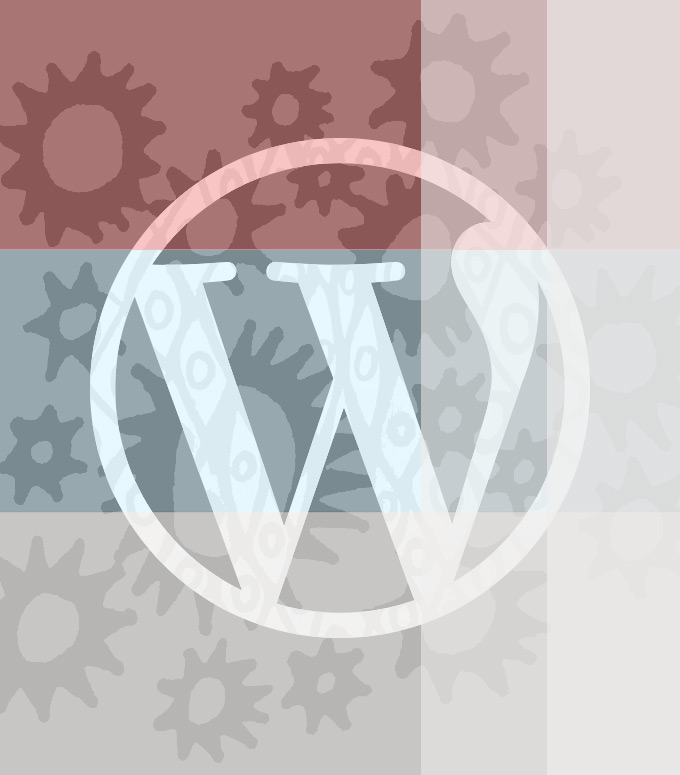Here at openbox9, we work with several different content management systems to build innovative and relevant websites. One of those is WordPress. If your website runs on WordPress, here are 7 simple ways you can customize the admin side of your site.
[info-card]C•M•S or Content Management System : abbreviation, noun : A tool for managing content on the web, that separates design, interactivity, and content from one another to make it easier to update. Some perks to using a CMS: Allows multiple people to contribute to and share stored data, permissions can vary from user to user, eliminates the need for duplicate content.[/info-card]
There are a few options available on a per-user basis to personalize the admin screen to your individual taste. Tips 1,2, and 6 are located under Users > (Your User name) > Edit.
1. Change the admin color scheme
[photo-frame] [/photo-frame]
[/photo-frame]
This allows you to differentiate your admin screen from that of your colleagues in order to know at a glance what user is logged in. Note: this has no affect whatsoever on the colors for the front end of your site.
2. Disable the visual editor tab
[photo-frame] [/photo-frame]
[/photo-frame]
To simplify your admin screen and focus on your writing when creating content, disable the visual editor tab.
3. Write distraction free
[photo-frame] [/photo-frame]
[/photo-frame]
Take simplification to another level by writing in distraction-free mode (it toggles on and off). This hides the clutter of the back end interface and keeps only the essential writing tools visible. This is helpful for writers, and anyone needing an extra bit of focus while writing.
4. Customize your Screen Options
[photo-frame] [/photo-frame]
[/photo-frame]
This feature lets you customize the display of different admin areas. The options available change depending on what page you’re on. The ability to show and hide content modules is helpful on pages with a lot of modules. There are also layout options to make modules fit on one or two columns. These options are user-specific.
5. Move your modules

All of the modules except for the main content box and publish box are movable via drag and drop. To optimize your workflow, move the content modules into the order you prefer to fill them out. Remember, you can also hide modules altogether via Screen Options.
6. Hide the editing toolbar

Disable this when you want to remain logged in, but want the toolbar hidden when viewing the front end. Examples of when you might want this include testing the site and presenting it to others.
7. Keep an eye on the latest updates from WordPress
[photo-frame] [/photo-frame]
[/photo-frame]
Keep an eye on the WordPress blog for the latest updates and features, handy tips, security releases and more. This will ensure you’ll be among the first to know what new thrill the latest version of WordPress will bring. You can find it all at https://wordpress.org/news/.
This is by no means an exhaustive list, but I hope it is helpful to get you started. If you have another customization feature you’ve found helpful, please continue the conversation and drop us a note in the comments below or tweet to us @openbox9.
